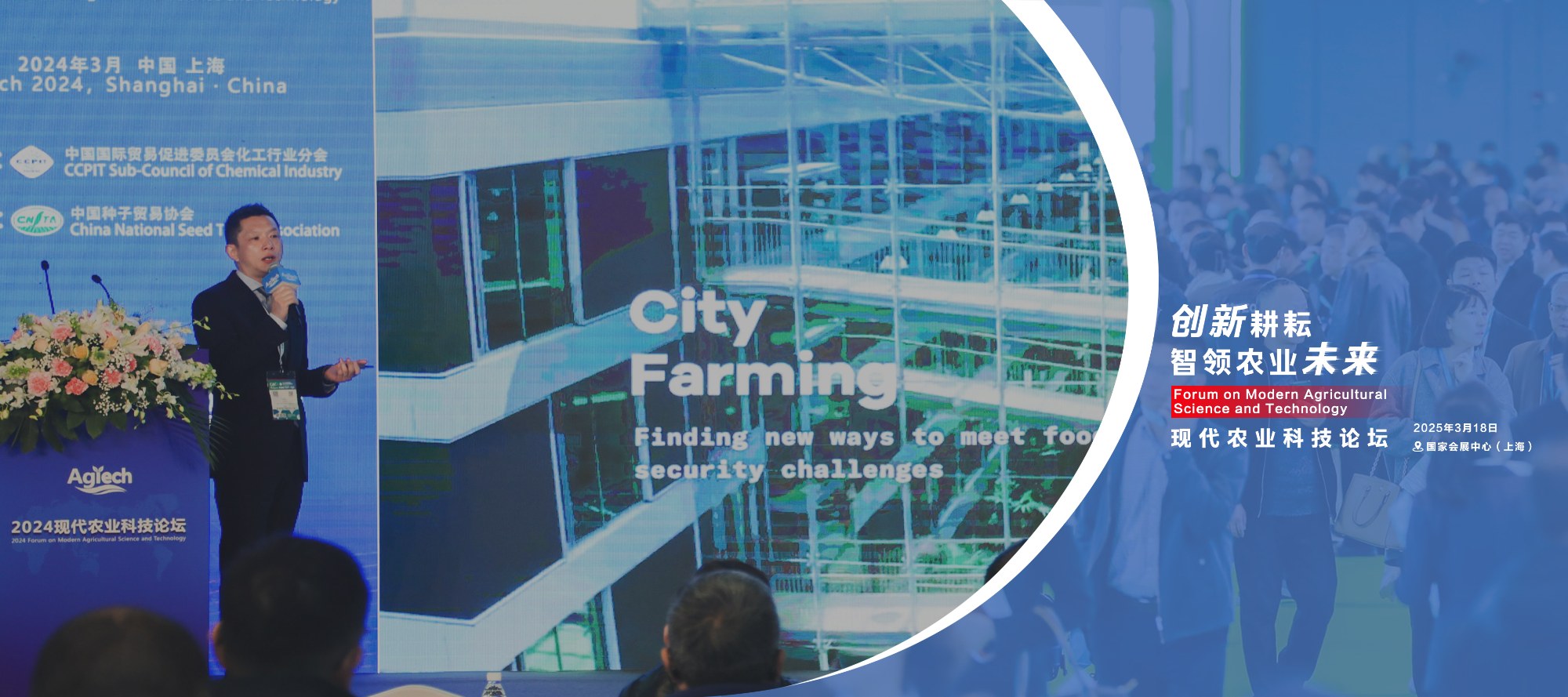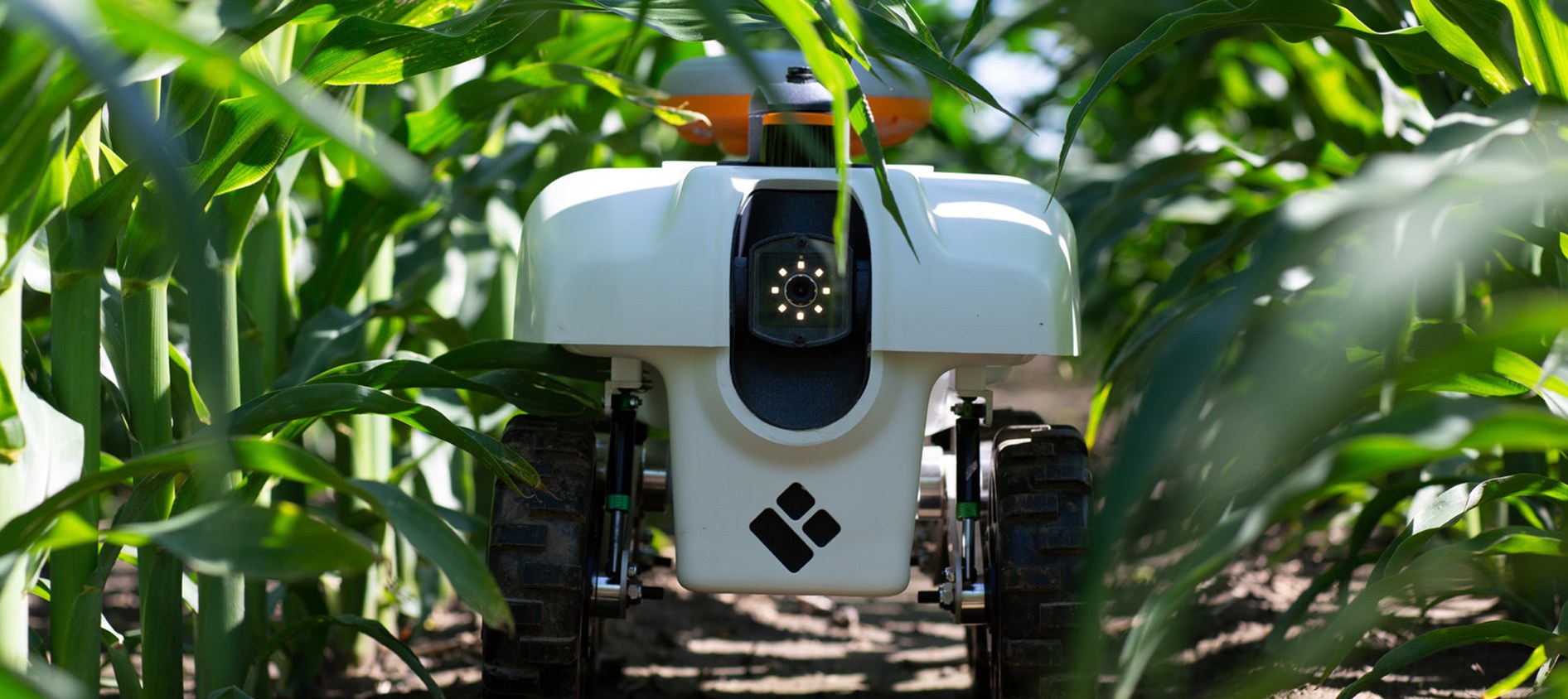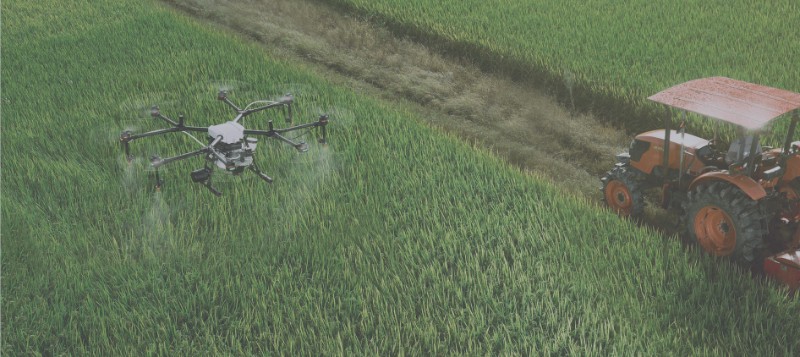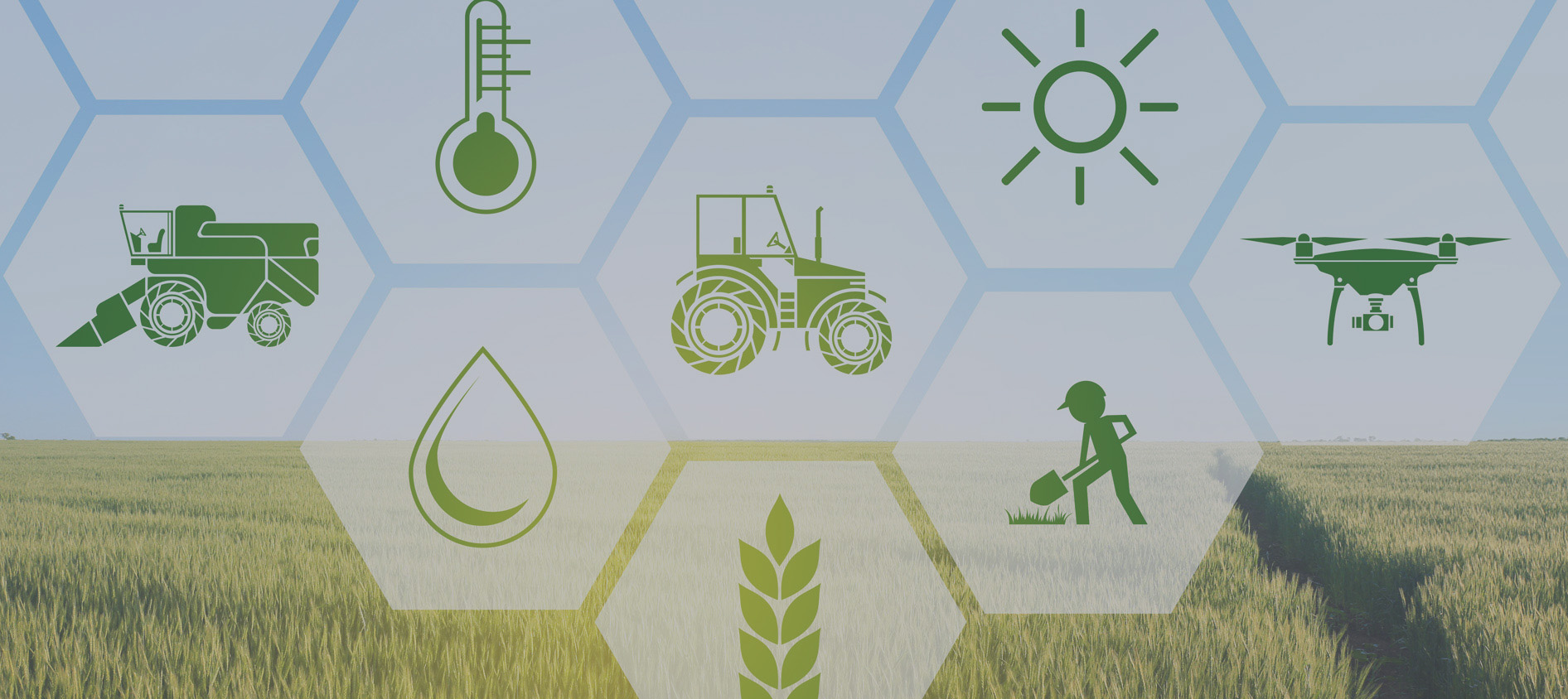AgTech Revolution Accelerates: Indoor Farming Market Surges to $42 Billion in 2025 Amid Climate Pressures
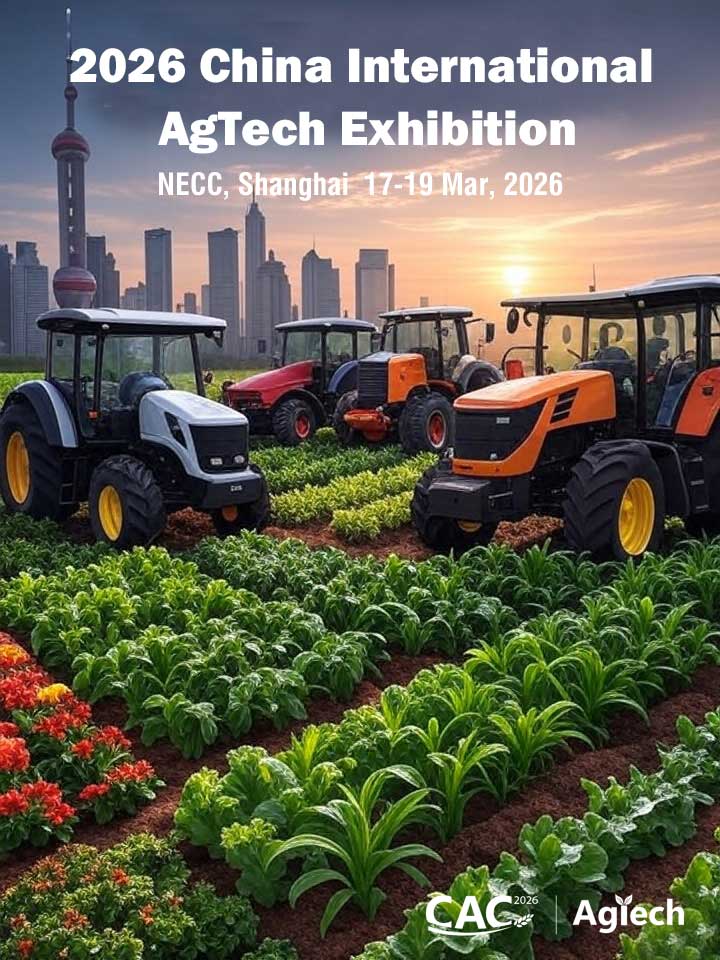
Beijing, China – September 16, 2025 – As global agriculture grapples with intensifying climate challenges and a growing demand for sustainable food production, the indoor farming technology sector is poised for explosive growth, reaching an estimated $42 billion in value this year alone. This surge, up from $37 billion in 2024, underscores a pivotal shift toward controlled-environment agriculture, where AI-driven innovations are helping farmers boost yields while slashing water and land use by up to 90%.
The news comes on the heels of the China International AgTech Exhibition 2026 preview events, where industry leaders showcased prototypes of next-generation vertical farms integrated with precision robotics and generative AI systems. "We're no longer just adapting to climate volatility; we're outpacing it," said Dr. Li Wei, CEO of SinoAgriTech Innovations, during a keynote address. "Indoor farming isn't a luxury—it's the backbone of food security for the next decade."
Key Drivers Fueling the Boom
According to recent market analyses, the compound annual growth rate (CAGR) for indoor farming tech is projected at 12.9% through 2029, potentially hitting $68 billion. This momentum is propelled by several converging trends:
- AI-Powered Precision Agriculture: Artificial intelligence is at the forefront, enabling predictive weather modeling and real-time crop monitoring to optimize resource use. Farmers using AI tools report up to 20% higher yields and 15% lower input costs, with adoption rates climbing to 68% among large U.S. crop farms.
- Regenerative and Biological Solutions: Beyond enclosures, 2025 is seeing a rise in microbial-based fertilizers and carbon sequestration tech, like Measurement, Reporting, and Verification (MRV) systems that track soil health via satellite data. These tools are transforming regenerative practices from niche experiments to scalable strategies, particularly in regions like North America where 61% of farmers now use digital agronomy platforms.
- Autonomous Machinery and Robotics: At CES 2025 earlier this year, John Deere unveiled its next-generation autonomous tractors for 2025 models, capable of 24/7 tillage operations without human intervention. Similarly, Kubota's Smart Autonomous Zero-Turn Mower demonstrated cooperative swarm tech for large-scale mowing, addressing labor shortages that plague 40% of global farms.
- Blockchain for Supply Chain Transparency: Emerging platforms are ensuring traceability from seed to shelf, reducing food waste by 30% and appealing to eco-conscious consumers. Startups like Inari Agriculture just secured $144 million to fast-track gene-edited seeds, promising drought-resistant crops tailored for indoor setups.
Challenges and Opportunities Ahead
Despite the optimism, hurdles remain. Smaller farms in developing regions lag in adoption due to high upfront costs and data integration issues, with only 38% utilizing remote sensing tech. Experts call for government incentives, like those in China's national AgTech fund, to bridge the gap. "By 2030, agtech could add $500 billion to the global economy if we prioritize equitable access," noted EOS Data Analytics CEO Artiom Anisimov in a recent white paper on satellite monitoring trends.
Looking to 2026, the China International AgTech Exhibition—set for October in Shanghai—promises to debut digital twins for virtual farm simulations, allowing growers to test scenarios without risking real crops. As one attendee put it, "This isn't just tech; it's the future of feeding 10 billion people sustainably."
For farmers eyeing these innovations, resources from the USDA's National Institute of Food and Agriculture emphasize starting small: Integrate sensors for targeted irrigation before scaling to full robotics. With climate models forecasting a 20% drop in arable land by 2050, the message is clear—adapt now or risk being left in the dust.
This report is based on aggregated insights from leading industry analyses and events.




